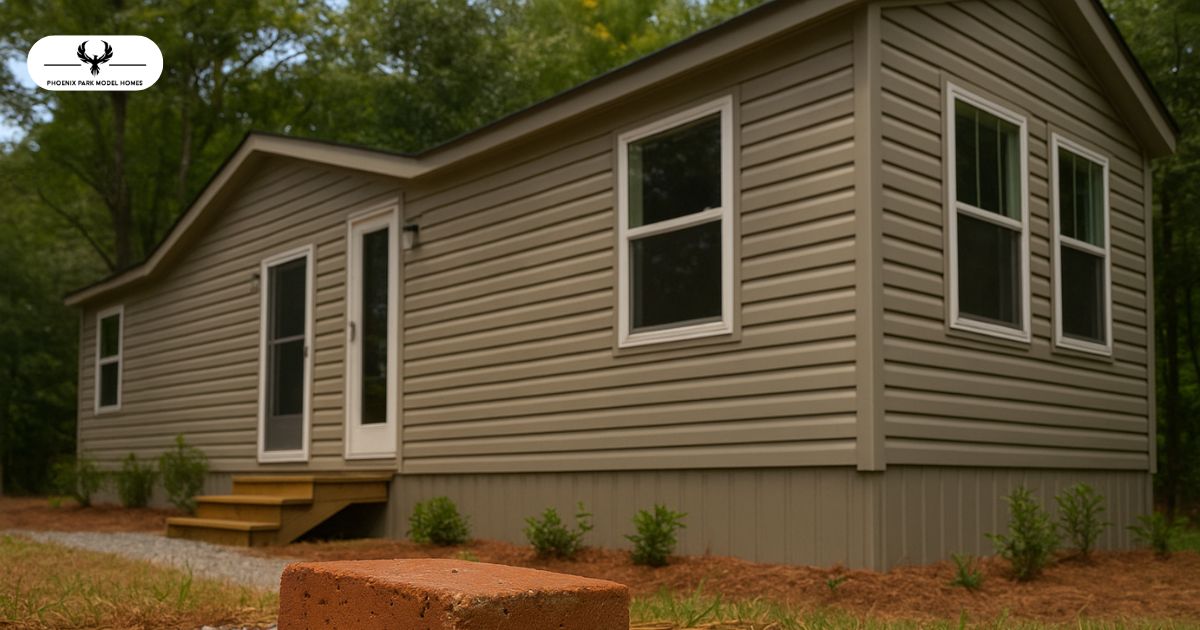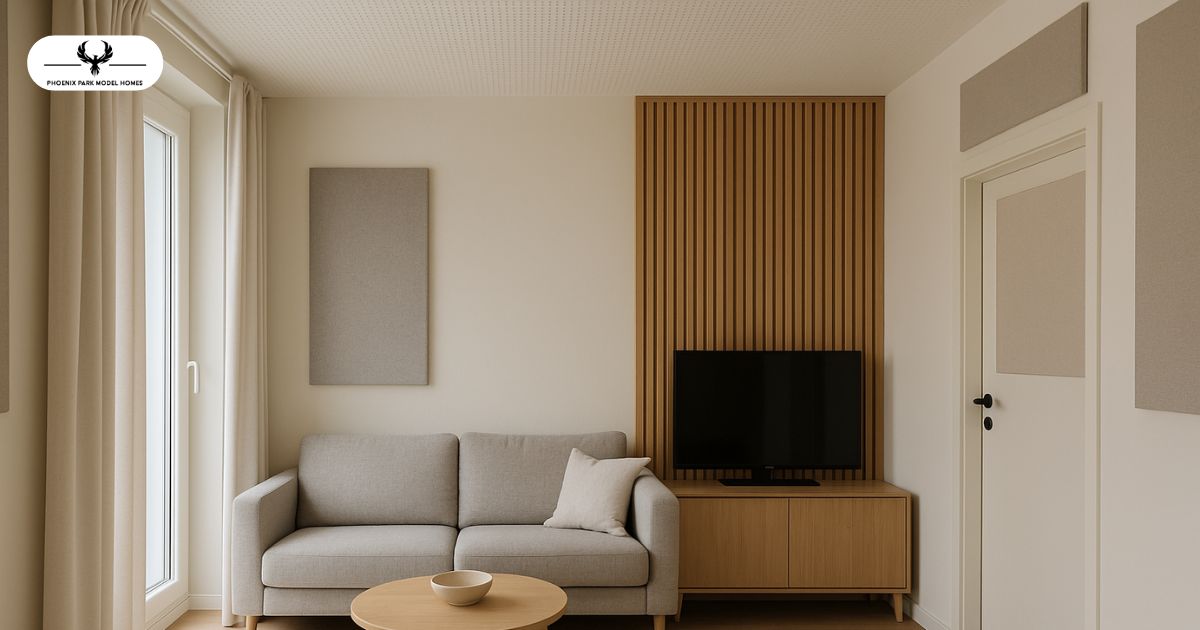Key Takeaway
- Pest-proofing your park model home is crucial for long-term maintenance and comfort.
- Simple preventative measures can significantly reduce the risk of pest infestations.
- This blog provides practical tips for sealing entry points, maintaining cleanliness, and using natural pest repellents.
While park model homes offer comfort, efficiency, and mobility, they are not immune to pest problems. Whether you’re in a remote area or a community park, pests such as rodents, insects, and mold can pose serious issues.
In this blog, we’ll walk you through effective ways to pest-proof your park model home to ensure it stays clean, comfortable, and pest-free throughout the year.
Seal All Entry Points
- Small gaps, cracks, and openings are easy entry points for pests like rodents and insects.
- Inspect the exterior for any potential openings around windows, doors, and the foundation.
- Use weatherstripping, caulk, or foam sealant to close gaps. Ensure door sweeps are properly installed.
- Check the roofline and any vent openings, as these are common areas for pests to enter.
Keep the Exterior Clean and Tidy
- Overgrown bushes and grass near the park model can create a breeding ground for pests like ants, termites, and rodents.
- Regularly trim the shrubs and grass around your home to prevent access to your exterior walls.
- Ensure debris, wood piles, or leaves are cleared away from your home. These can attract insects and rodents.
- Consider using gravel or concrete for walkways or patios, as these surfaces are less likely to harbor pests.
Maintain Cleanliness Inside
- Pests are attracted to food and waste. Ensure your park model is free of crumbs, spills, and trash.
- Use airtight containers to store food and empty trash cans regularly.
- Clean up dishes, countertops, and floors daily, particularly if you have outdoor cooking or dining spaces.
- Pay attention to hard-to-reach places like corners, vents, and beneath furniture, where crumbs and food particles can accumulate.
Check for Moisture Issues
- Moisture attracts pests like termites, mold, and ants.
- Inspect the roof, foundation, and windows for leaks that could lead to water damage or mold growth.
- Use a dehumidifier or ventilation system to regulate moisture levels inside the park model.
- If you notice moisture problems, promptly repair leaks and clean any mold with a non-toxic solution.
Use Natural Repellents
- Many natural remedies can help deter pests from entering your home:
- Essential oils: Peppermint, eucalyptus, and citronella oils are effective against ants, spiders, and rodents.
- Diatomaceous earth: This powder is an effective, non-toxic solution for killing insects like ants and cockroaches.
- Cedar wood: Placing cedar blocks or chips in closets and storage spaces can deter moths, ants, and other pests.
Install Screens and Vents
- Screens on windows and vents are one of the simplest and most effective ways to keep insects out.
- Ensure that windows and doors have tight-fitting, tear-resistant screens.
- Vents should be fitted with mesh or wire screens to keep pests like rodents and insects from entering through HVAC or plumbing openings.
Pest Control Treatments
- If you notice an infestation, consider hiring a professional pest control service to ensure safe and effective removal.
- Trap-based solutions: Set up humane traps for rodents, and use bug zappers or sticky traps for insects.
- Always opt for eco-friendly pest control solutions to avoid harmful chemicals in your living space.
Conclusion
Pest-proofing your park model home is essential to maintaining its comfort, cleanliness, and long-term durability. By implementing a few simple steps like sealing gaps, keeping the environment clean, and using natural repellents, you can significantly reduce the risk of pest problems.
Regular maintenance and attention to detail can keep your park model home pest-free, ensuring a more enjoyable living experience.
For more tips on maintaining your park model, visit Phoenix Park Models to explore our range of homes and find the perfect fit for your needs.
FAQs
1. How do I know if my park model home is at risk for pests?
Look for signs of holes, droppings, or webs around your windows, doors, or exterior. Inspect moisture levels and cleanliness to identify potential pest hotspots.
2. Can I use chemicals to control pests in my park model?
While chemicals can be effective, we recommend opting for eco-friendly or natural pest control solutions to maintain a healthy living environment in your park model.
3. How often should I inspect my park model for pest issues?
It’s a good idea to inspect your home quarterly, especially during the changing seasons when pests are more active. Regular maintenance will help you spot potential problems early.
4. Are park models susceptible to termites?
Yes, park models can be susceptible to termites, especially if they’re in humid areas. Regular moisture control and foundation checks will help reduce the risk of termite infestations.
5. Can I get rid of pests in my park model myself?
For minor issues, DIY traps and natural repellents are effective. However, for more serious infestations, we recommend hiring a professional pest control service to handle the problem safely.












